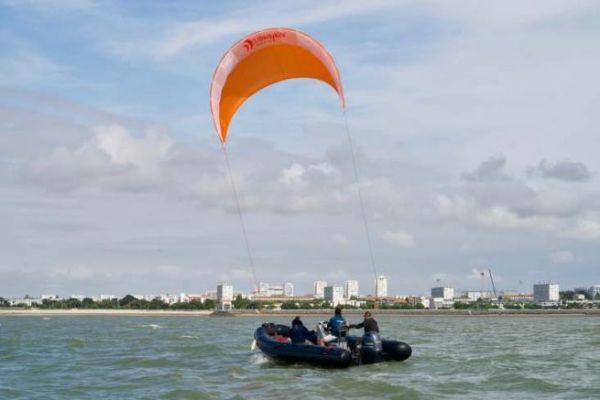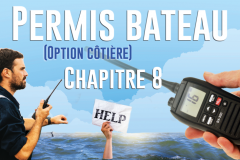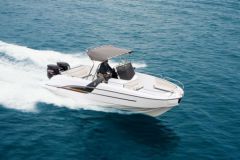Kites to power all types of boats
For several years now, sailor Yves Parlier has been working on the development of traction kites, similar to surf kites, for use on boats. Through his Liberty Kite brand, he offers freestanding kites for pleasure boats, while his Sea Kite brand is working on solutions for commercial vessels, as an auxiliary propulsion solution.
In the yachting sector, the company targets both sailboats for emergency use in the event of dismasting, and motorboats as a back-up source of propulsion or in the event of breakdown. It already equips a number of racing yachts, from IMOCAs to Ultim trimarans. Liberty Kites are also available as an option on certain production boats, such as the Leen trimarans.
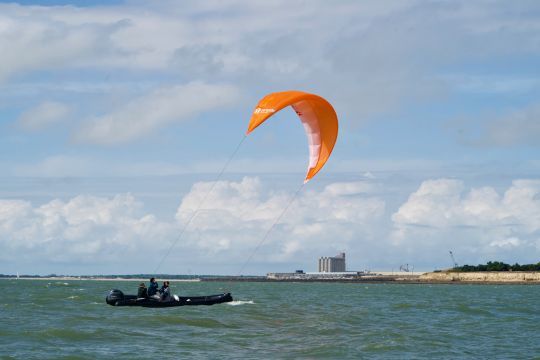
A wing that's easy to launch and land
The company invited us to test its solution on a 7.50m RIB in the Charente channels. After leaving the pontoons of the Port des Minimes, we set off from the channel in choppy seas and a dozen knots of wind. It's time to take out our 20 m2 kite, whose small bag and mere 3 kilos will fit on any boat.
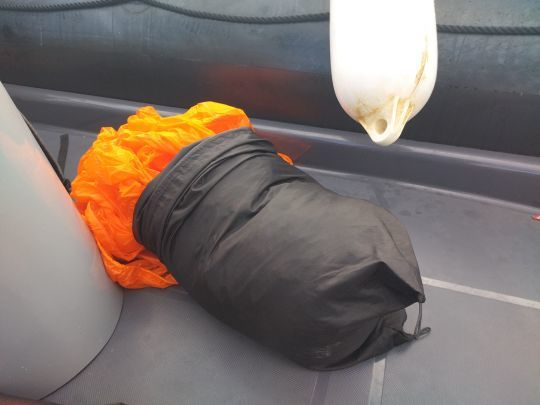
Antoine Dechaufour briefly explains how it works, based on two lines, one at the stern and the other at the bow of the boat: "The wing is self-stabilizing. All you have to do is adjust it so that the line between the two shooting points is as close as possible to 90 degrees to the apparent wind. These should be about 5 meters apart. On some boats, you can use outriggers to spread the rear point at certain points of sail if you want to."

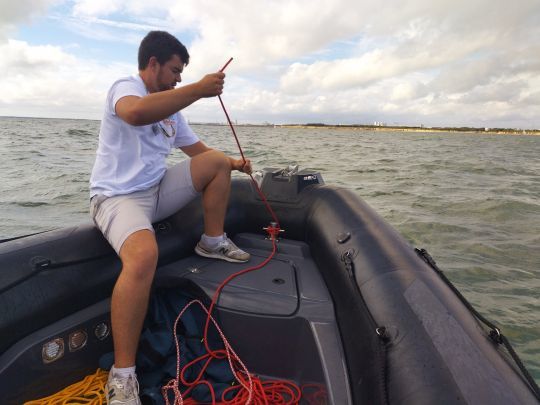
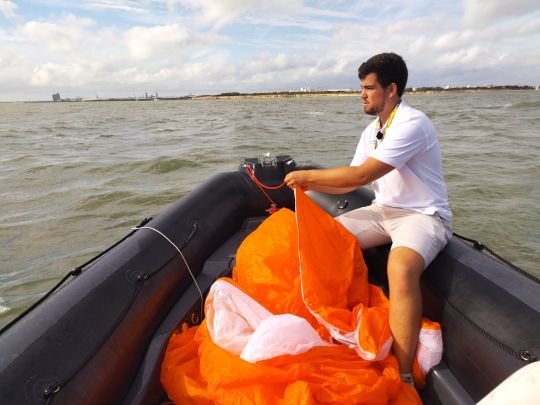
After connecting the kite to the lines with a simple sheet knot, it's time to launch the Liberty Kite. The kite is gradually released into the wind, so that the box on the leading edge inflates naturally. This represents a third of the surface area, supplemented by a single-skin fabric on the rest.
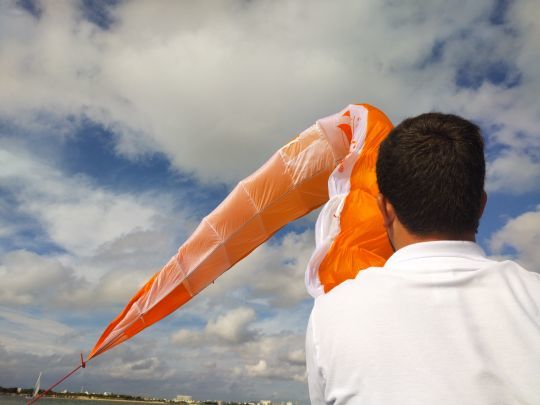
Once fully released and inflated, the wing, still at low height, provides little power. The front and rear lines now need to be progressively softened. The higher the wing, the better its performance. By creating S-shaped movements, its dynamic movements further improve its lift.
Control using a simple motor base
With the wing in place, it's time to see how the solution performs. Despite the chop, the kite is quite stable, taking off at between 2 and 3 knots, while the real wind is around 12 knots. Liberty Kite reports that its kites take off as early as 7 knots, and average around 5 to 6 knots in the ideal range of 15 to 25 knots.
In the case of our RIB, which has virtually no anti-drift surface, we have to make do with downwind points of sail. The outboard motor's baseplate is enough to steer the boat. Antoine Dechaufour points out that on other boats, the range of uses is much wider: "On a motorboat, we're content to stay between 100 and 180° from the wind, but on a sailboat, we can go up to 55 degrees from the true wind."
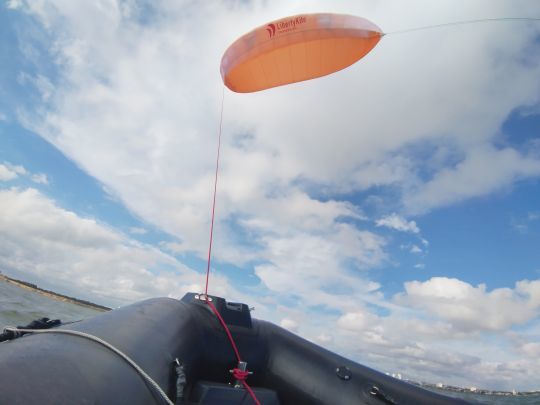
Different mounting solutions
To avoid getting the wing wet, we decided to bring it back on board with two of us, using the reverse manoeuvre to the launch, but it is possible to recover it like a spinnaker, by releasing one of the two arms. Once on board, all you have to do is open the two Velcro "doors" to deflate the leading edge and stow the whole thing in your bag, in just a few minutes.
An attractive backup solution
While motorboat owners are unlikely to be seduced by the idea of kiting at 2 knots on a boat designed for speed, the Liberty Kite seems highly relevant as a safety solution in case of breakdown or dismasting for people sailing offshore. The 10 m2 kite, favored for these uses, is priced at ?1,490 plus VAT. The company also offers kite rental solutions for transporting damaged boats.

 /
/ 